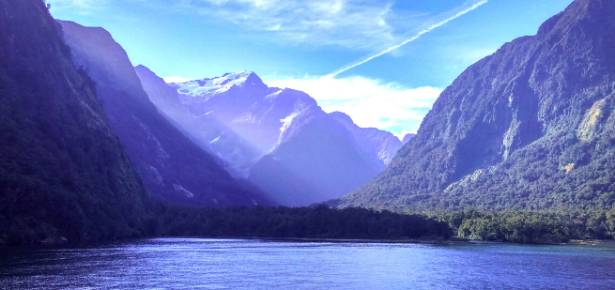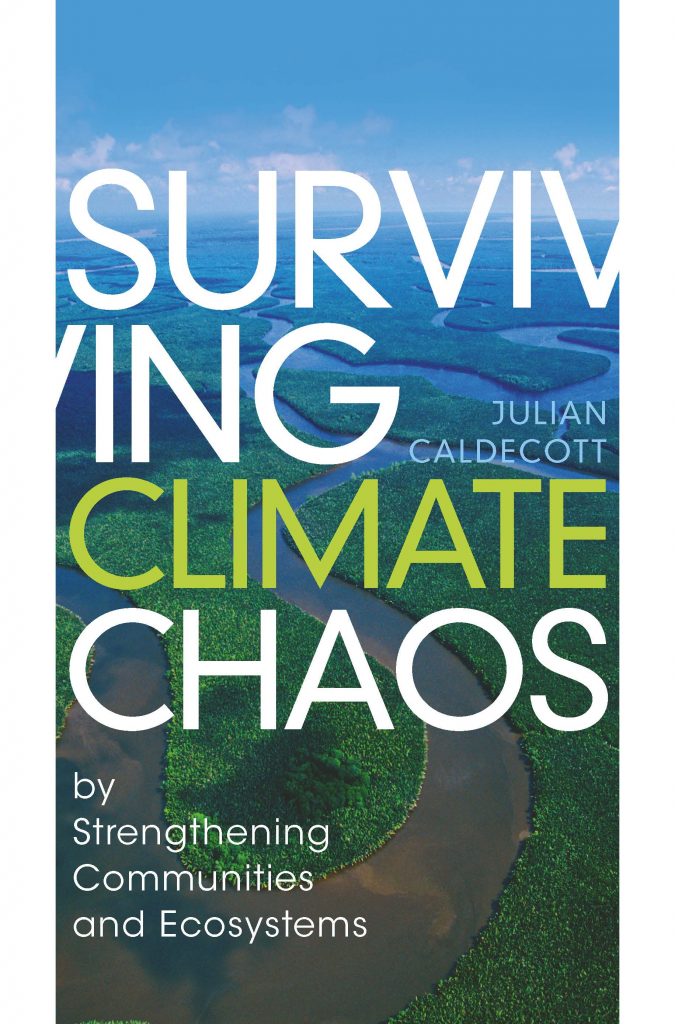
https://www.un.org/en/observances/mountain-day
Water guardians. The last time I was in Nepal I had a near-death experience, accidentally crushed by people celebrating Machindranath, the divine water-guardian of the Kathmandu Valley. I was rescued, very politely, by the Nepal Scouts, but during it I had an entrancing vision of the Himalayas as one vast and sacred system of ice, water, life and spirit. This was moving enough, but the Himalayas are certainly important, not least because over two billion people depend on the ecosystem services of this one mountain chain. And the populations and countries that depend on mountains continue to multiply the more widely you look, from the Caucasus and East Africa to the incomparable Andes. From a water perspective, high-altitude mossy and cloud forests, and the peat accumulated beneath them, act as giant rain-catchers and sponges. If the mountains are high enough, the snow-pack and glaciers have a similar but slower role.
Terminator tea. But mountains are much more than water towers, feeding cities, farms and factories far downstream. They are islands in the sky, where species have adapted to habitats that are largely defined by a specific range of elevations and the conditions that go with it. In recent years the rising warmth driven by global heating is forcing those species to migrate ever upward, until they run out of vertical space and become extinct. Even before this, people were eroding the altitude zones from below, cutting, burning and colonising ever-higher lands. And global demand for high-elevation crops like tea encouraged plantation monocultures to leap far up mountains to replace their unique ecosystems and biodiversity. We’ll never know the details, but the tea-drinking habits of the British empire killed more wild species than anything else before the real mass extinction began.
Mantis Mountains. Peoples too have adapted to life in mountains. The high valleys of New Guinea generated hundreds of different languages as people reached new places where they could live in isolation for centuries. And almost everywhere the mountains were used seasonally, for grazing, socialising or pilgrimage, essential parts of landscape-wide cultural systems in which ecology, tradition and mystery were entwined. The Drakensberg range in South Africa, for example, was for the Southern San the summer abode of the people, herds of celestial eland, and the divine ‘[dental-click!]-kaggen’ or ‘mantis’; it was given its later (post-genocide) name because Dutch explorers heard this as draken or ‘dragon’. Meanwhile, an ocean and two continents away, the peoples of the Andes were inhabiting a vast physical and cultural landscape, in which land, weather and water were linked through sight-lines, water-lines and energy-lines that permeated their world and gave meaning to an intimate, reciprocal relationship between people and nature.
Marginal mountains. So much has been destroyed yet the mountains remain, vital but often neglected, and still in biotic decline. Because they are remote they often still retain some of their original ecosystems – in the Andes nearly a quarter of their forests, and these support 70 million people downstream. But because they are remote they are often on the frontiers between big, rivalrous countries whose centres of power are far away. So they are seen as zones of military and political tension, their peoples poor and marginal, their natural resources for mining, damming or expropriation by lowlanders who need land and have the votes to be allowed to take it.
Missing links. About 1.6 billion people live in mountain areas, but they are scattered between countries, so their influence in the world is scant. Even in the climate change discourse, with glaciers retreating and cities thirsting, mountains are eclipsed by deltas and islands in the attentions of the nations that debate and decide what to do. Because public and political understanding of ecology is so scarce, even the dependency of urban people on mountain ecosystems is often missed. In very few places is the link made real and rewarded, with cities, businesses and local governments being willing to pay mountain peoples to manage and protect the catchment ecosystems that protect them against drought and floods. The same can be said of carbon, where we must halt deforestation or we will never be safe from runaway global heating, and where mountain forests contain 60-230 tonnes of carbon per hectare in trees and peat.
Peace with nature. Almost no one seems willing to pay for any of this, or for the abundance and entrancing beauty of montane biodiversity. But exceptions are starting to multiply, led by the ‘Peace with Nature’ vision of Costa Rica, with its elaborate system of ‘payments for ecosystem services’ funded by taxing fossil fuels and supported by generations of citizens and governments. Others are adding their own visions, from Bolivia to Bhutan, and the UN is becoming mobilised in support. So let us celebrate the UN’s International Mountain Day. We can use the opportunity to consider mountain ecosystems, peoples, wild species, water and weather, and salute their vital role in sustaining life and livelihoods. And we can also renew our commitment to saving montane environments from the casual abuses of lowland power and ignorance.

Title: Surviving Climate Chaos by Strengthening Communities and Ecosystems
Author: Julian Caldecott
Paperback ISBN: 9781108793780
Hardback ISBN: 9781108840125
Latest Comments
Have your say!